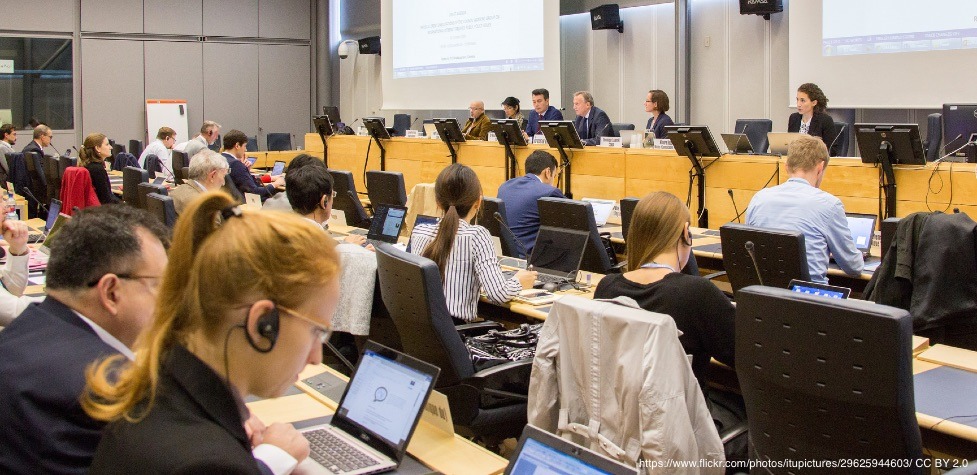Last week, the Internet Society participated in the physical consultation of the ITU Council Working Group on “International Internet-related public policy issues.” Participation in this CWG-Internet group is closed to non-governments. However, the consultations are open to all stakeholders. During the meeting, stakeholders shared their perspectives from their online submittals on the topic of: How do we build an enabling environment for Internet access?
The issue of expanding Internet access has garnered much attention and interest by the international community following the adoption of the new 2030 Agenda for Sustainable Development. Recognised by many as an important horizontal enabler to most of the Agenda’s 17 goals, Internet access is emerging as a key policy topic for major governmental and private institutions alike.
This increased focus on Internet access has, in turn, led to a plethora of new initiatives and strategies for bringing online the remaining 53% of the global population. However, achieving the goal of universal Internet access will only be successful and sustainable if the fundamentals for access growth are strong.
These fundamentals, which we call the “access enabling environment”, are the set of interrelated conditions across infrastructure, governance, and human capacity that provide the foundation for development and adoption of the Internet in any country or location.
In this light, the Internet Society was pleased to submit to the consultation and present our recent paper “A policy framework for enabling Internet access” which outlines these fundamentals. Written as a tool for policymakers as they approach the multi-faceted issue of creating an enabling environment, the framework provides what we believe are the necessary priorities for Internet Access:
- Expanding Infrastructure,
- Fostering Skills and Entrepreneurship,
- Supportive Governance.
Together they allow us to approach the issue in a flexible and continuous manner, adaptable to the local and regional specific challenges, while also recognising the enabling environment’s dual purpose: to ensure that people can access the Internet and that they see an Internet that is accessible and relevant to them.
Importantly, no single stakeholder group can succeed in creating those favourable conditions on their own – making multistakeholder collaboration a key feature of any successful attempts.
This is hopefully one of the ITU membership’s key takeaways from the consultations because the variety of issues and views identified through the process also stem from the stakeholders’ sometimes unique perspectives. Whether it’s a question of a cohesive use of prefixes to describe your e-; digital-; or ICT-policies, the use of satellite access in remote areas, promoting local content, or ensuring fundamental rights online, they are all conditions that will impact the rate and scope of Internet development and adoption. Neglecting their point of view and concerns would be the greatest impediment to progress because in the end, it will require all of the stakeholders to create the conditions needed for success.
What will come of these consultations at the ITU is yet to be seen. What is important is that the open nature of these consultations be preserved and expanded upon, whereby all stakeholders can follow the discussions and contribute. Inviting all the stakeholders to share their views is a good starting point, but there is a need to continue the opening-up process. Transparency promotes trust – a key factor for successful collaborations and reduced uncertainties.
This is one of the key messages that the Internet Society will carry to the ITU World Telecommunication Standardization Assembly 2016 as governments determine the future direction of the ITU Standardization Telecommunication sector.
Image credit: ITU Photos, CC-BY 2.0

